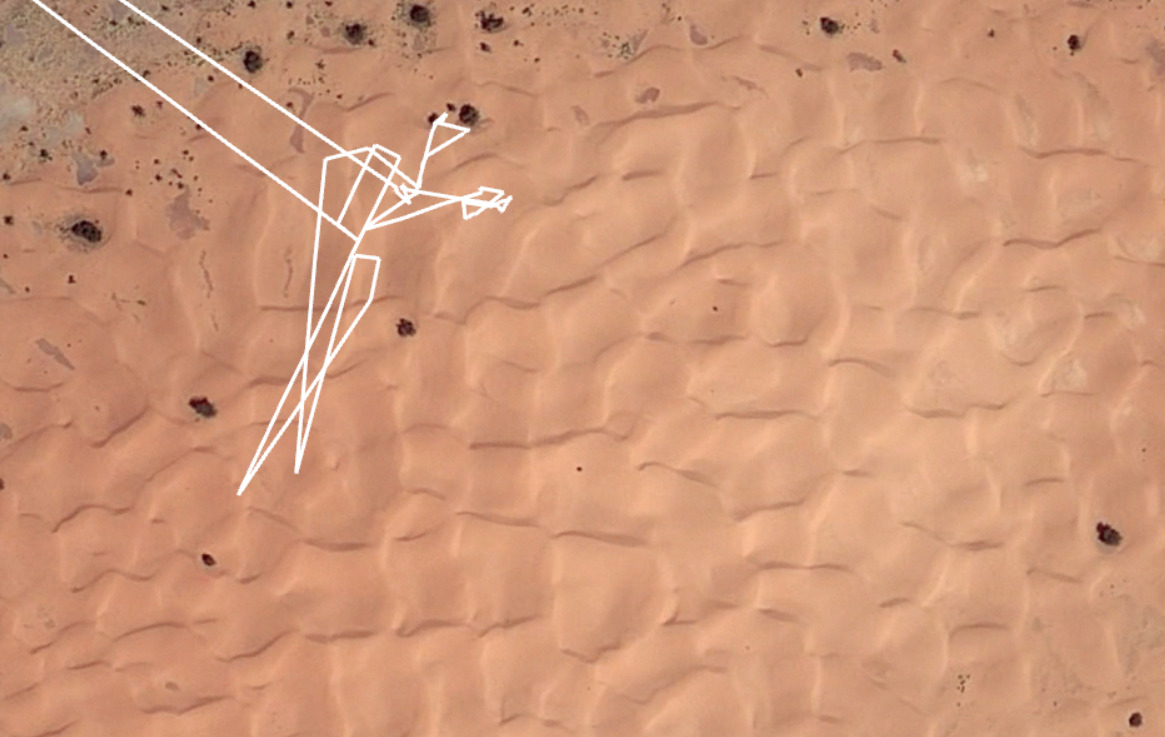The juvenile cinereous vulture, Caravela, without GPS signal for two weeks, surprised our entire team. Its impressive journey would take it over 3000 km, between its nest and Senegal. Learn more about its story and how it managed to reach its destination.

On October 26, in Serra da Malcata, 2 first-year juveniles of cinereous vulture were tagged. The first, named Ninja, was a very important animal for the conservation of the species because it helped Rewilding Portugal to confirm the third cinereous vulture colony in Portugal, in Malcata Mountains Nature Reserve.
But Caravela did not let itself be left behind and, after a small scare, caused by the loss of GPS signal that lasted 2 weeks, this vulture surprised our entire team. Its journey would take it to cover more than 3000 km, between its nest and Senegal, covering an average of 200 km a day, sometimes exceeding 300 km.
The Caravela’s journey began on November 1, 2021, already 80 km from the location of its capture. It will have spent the previous days in its native colony, presumably in Spain, and further down the Tejo Internacional.
Around midday, it left Tejo towards the south, three days later it would cross Gibraltar in less than 40 minutes, accompanied by another cinereous vulture, on a day where they also crossed the strait 3500 griffon vultures and 4 Ruppell’s griffon vultures (data provided by Fundación Migres). On November 5th, it spent the night in a mountainous area a few kilometers from the Sahara desert, preparing for a 10-day crossing over this desert. During the crossing, Caravela slept every night in spectacular places, such as on top of dunes, near the Oasis or even next to the Eye of Africa (The Richat Structure). Finally, on November 19, it seems to have settled in a rural area of Senegal, in the region of Tambacounda, where it has spent the last few days looking for food on the cattle farms.

The cinereous vulture in the Iberian Peninsula has no migratory status, however there have been some cases of juvenile cinereous vultures crossing the Strait of Gibraltar and traveling to sub-Saharan Africa. Fundación Migres has confirmed the passage of 31 cinereous vultures since 1999. Caravela is the eighth known record of the species in Senegal.
This event highlights the importance of knowing more in depth and publishing information on the behavior of cinereous vultures, a species that is still little known, although its conservation status is very unfavorable (Critically Endangered in Portugal and Nearly Threatened at a global scale).
The first year of life is always the most dangerous in any animal’s life, so we look forward to the Caravela’s safe return to the Iberian Peninsula, perhaps next spring or autumn.
Watch here the video of this Caravela’s journey to Senegal: